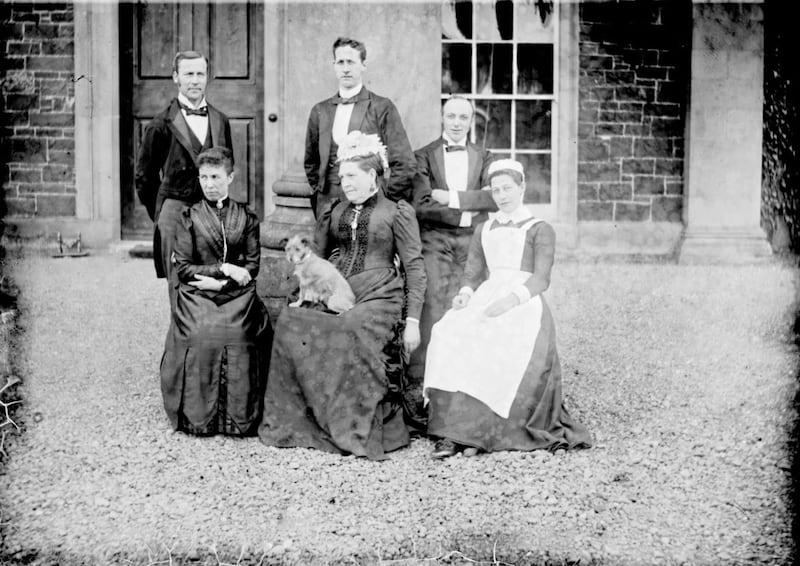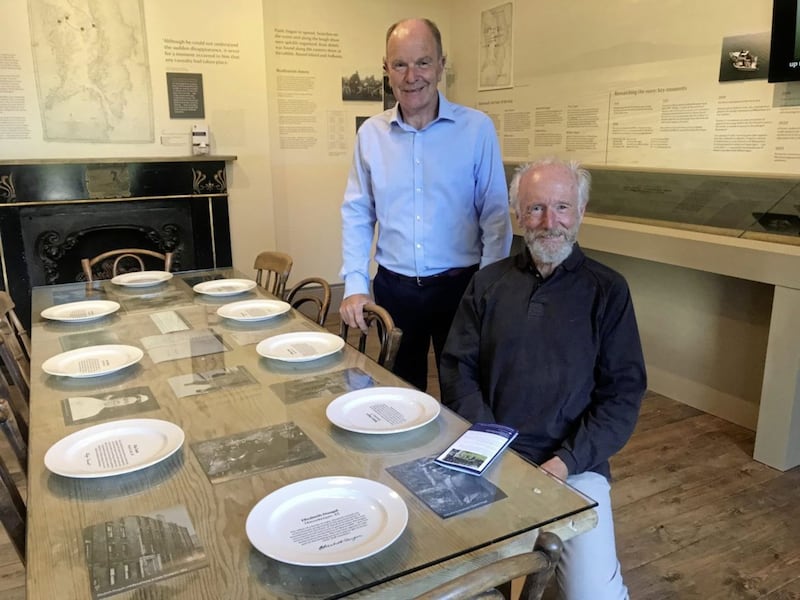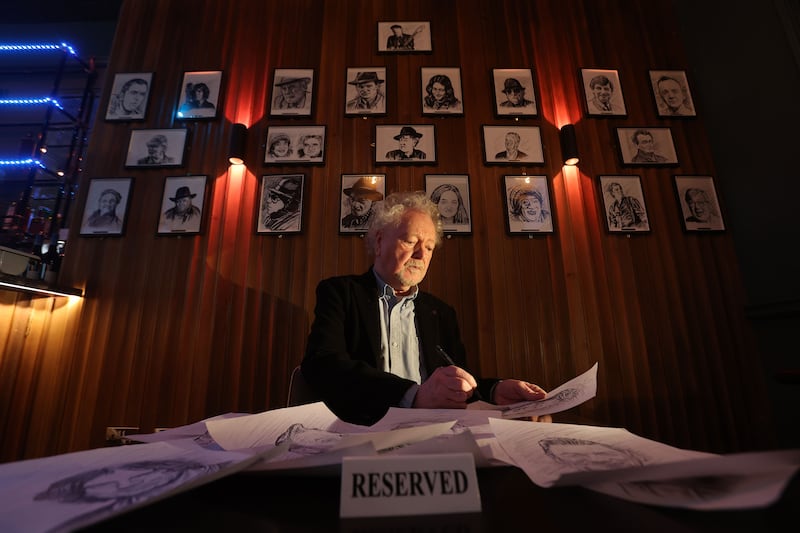STRANGFORD Lough is beautiful but like all things of beauty it demands respect. It has moods and its ever-changing 58 square miles of water can be deep and dangerous.
The Lough also hides a multiple of secrets - none stranger than the disaster of Thursday April 11 1895.
There was excitement in the big house as the mistress of Mount Stewart and her husband were visiting Belfast that day and had given permission for some senior members of the household staff to take her boat to one of the islands to have a picnic.
It must have been a calm day for such an agreement and knowing the boatmen - local father and son William and 17-year-old Robert Hagan, well used to the lough and the conditions - Theresa, Marchioness of Londonderry and wife of the 6th Marquess, had no concerns about the Easter outing.
While she set off to an exhibition in the White Linen Hall in Belfast city centre, the yacht Mountstewart was heading for Bird Island.
It was a sizeable craft - 22 feet long, clinker built and only three years old - and the ladies were in Victorian wear, with long dresses, warm coats and fashionable hats. The water was icy cold but the party were in good spirits.
The forecast was fair; they caught the tide late in the morning, allowing time for their celebrations before they set sail for home late afternoon.

EASTER TREAT
On board were four of the senior staff: house steward Joseph W. Grainge, head cook Eliza Taunt, housekeeper Elizabeth Dougal - who had been employed only two weeks previously - and William Rowe, valet to Lord Londonderry and never far from his master's side, as he organised his life down to buying buttonholes, train tickets and holding the purse when they were in public.
Also joining the outing were two staff who were visiting from the stately house at Florence Count.
Even after 126 years what happened next remains a mystery. It's as if the Bermuda Triangle came to Strangford Lough that afternoon; despite searches using sonar equipment, divers and drones no trace of the boat has seen found.
BUT FOR HOW MUCH LONGER?
For the first time, a group of volunteers have dedicated themselves to solving what has been unfathomable until now.
Four bodies were recovered weeks later, as well as an oar, a picnic basket and a lady's hat. And that's all; the murky waters have been determined to hold their secret.
What is known is that a farmer on Rainey Island looked up from his work in the field and saw the craft heading home but there was no sign of distress.
He resumed what he was doing only to glance up again a few minutes later and saw just open water, no yacht was in sight.
He heard nothing - perhaps the wind took their desperate cries for help away from the land. No one at the big house felt any sense of danger, assuming the daytrippers must have missed the tide and that they would wait until the next suitable time, which would be 3am.
But when they didn't return that night, the alarm was raised. Did a sudden gust tip the boat, did a squall waterlog it, did the weight of the picnickers and their sodden heavy clothing pull them down to their death? There were no life jackets on board.

CARVING OUT HISTORY
The secret lay hidden for many years until a carved Celtic cross in the grounds of Mount Stewart was uncovered and the inscription listing the tragedy and those involved started a group of volunteers on a voyage of discovery.
As Fred Wray told me, there have been hours of research over the last six years and it's been fascinating - so much so that he has written a long poem, Tipping Point, recounting the details.
It appears in the leaflet produced by the National Trust and colleague John Orr is the man behind a forthcoming book on the subject.
This, however, is a collaborative venture by a number of volunteers who are dedicated to sourcing newspaper cuttings and documents and making contact with relatives of those drowned.
The result is an exhibition setting out details and, in a very visual way, a table and nine chairs is set out and at each place setting a plate bearing names of each member of staff who perished.
The house and grounds are now in the care of the National Trust who have transformed the property and welcome many thousands of visitors every year.
Despite recent difficulties, business is picking up again and one of the attractions is the story of the Mountstewart and those who sailed in her that fateful day.
A day out at Mount Stewart will include the exhibition as well as tours of the house and the gardens, special events for children, trees that bear the carvings left by servicemen who were billeted there during the Second World War, the cafe and the book shop.
My special memory of Mount Stewart was a dinner party in the black and white hall.
I was sitting beside Lady Mairi Bury, daughter of the seventh Marquess of Londonderry, the last member of the family to live in the ancestral home before it was bequeathed to the National Trust.
She was radiant company, an ardent philatelist and respected for her stamp collection and a woman who achieved her pilot's licence aged 13 and flew herself to London throughout the war years.
At nine o'clock she shushed the gathering and said: "Listen."
We fell silent. Then, all of a sudden, the many clocks throughout the house began to strike, literally a cacophony of bells of all shapes and sizes, tones and timing.
Obviously they weren't all completely accurate as the chimes continued for quite some minutes... A surreal moment out of time.
I was fortunate to meet the Grand Dame from this family of huge wealth who have left such a legacy to people throughout the UK and fitting that those who served them are to be remembered almost 130 years later.










